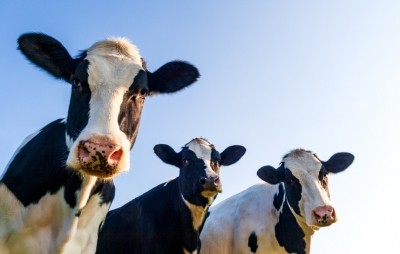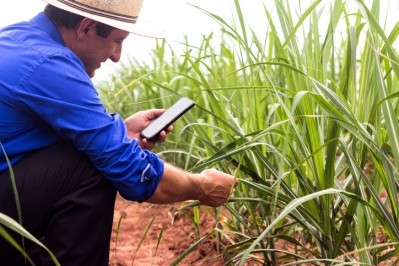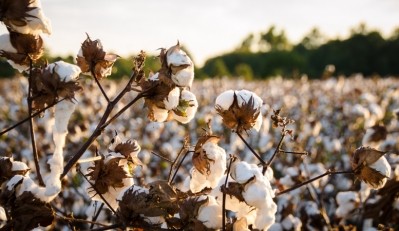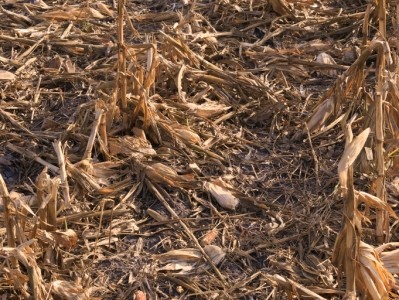US: Cotton byproducts and whole cottonseed may boost cattle feed intake
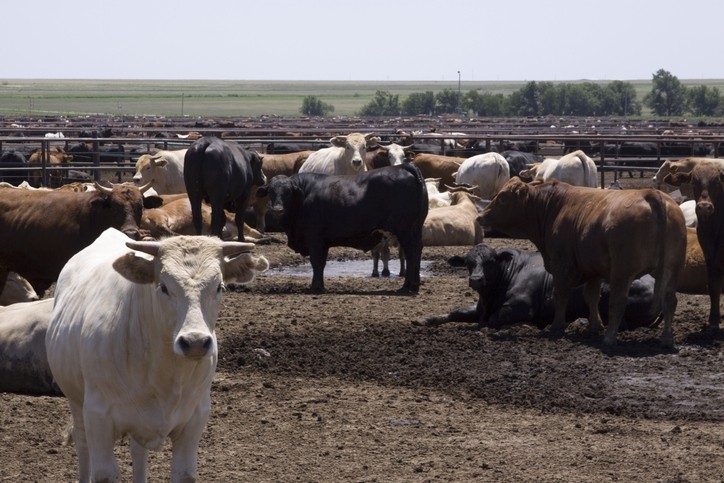
The use of cotton processing byproducts and whole cottonseeds was part of a feeding trial conducted by researchers at Oklahoma State University.
Andrea Warner, lead researcher on the study and graduate student at Oklahoma State University presented information regarding the use of cotton production byproducts in the finishing ration of feedlot cattle at the American Society of Animal Science annual meeting, which took place in Austin, Texas earlier in July.
The interest in exploring the use of cotton processing byproducts like stems, leaves, sticks and lint came from the expansion of cotton production in the southwestern part of the US – including the Texas Panhandle and southwestern Oklahoma, she told FeedNavigator. The region has multiple feedlots.
“The byproducts can often be cheaper than something like the hays that we use as a roughage source in feedlot diets – for those producers that are in proximity to these byproducts,” Warner said. “We wanted to see if could take advantage of using these byproducts and their cheaper costs without compromising the performance of these animals.”
“Our overall conclusion is that whole cottonseed and cotton gin trash can be used as an effective source of protein, fat and fiber in a finishing diet,” she said. “This would be most impactful for those maybe smaller producers in the region who have access to it locally and could get it at a more economical price.”
“Of course, a few more performance trials would be needed just in terms of numbers to give a more definitive answer, but, based on our research, if producers could get it at a cost that would benefit them – we didn’t see any negative effects on performance,” she added.
Feeding trial overview
Research has been carried out, assessing the use of cotton plant products like cottonseed meal or whole cottonseed with cattle on pasture and with dairy cows, said Warner. However, there has been little investigation of the use of the ingredients in feedlot rations.
“We wanted to fill that gap in the research and take what has been done a little bit further,” she added.
In the feeding trial, 64 cattle received one of two diets during the finishing period – either 140 or 168 days depending on the starting weight of the cattle, she said.
The control ration was formulated to include 7% hay, 15% wet corn gluten feed, 67% rolled corn and 5% liquid supplement to add fat, she said. The cotton diet swapped 7% cotton gin trash for the hay and added 72% rolled corn, 5% and 15% of whole cottonseed to provide fat and protein – that diet did not have an added lipid supplement.
Both diets also included urea and a dry mineral supplement, she said.
Cattle were tracked for feed intake and weight gain along with fecal consistency and the feed conversion ratio was calculated, Warner said. Additionally, carcass characteristics including hot carcass weight, marbling, yield grade, ribeye area and liver condition were assessed.
“We also looked at fecal scores,” she said. “That gives us an insight on digestibility.”
Results and future considerations
Overall, cattle on the cotton-based diet tended to out eat, out gain and outweigh the animals receiving the control diet, said Warner.
“When they were completely on that finishing diet, there was a tendency for the cotton steers to gain about a 10th of a kilogram more per day for the overall feeding period,” she said. “When we looked at the final body weight the cotton steers also tended to heavier – they tended to be about 18kg heavier than the control steers when sent they were sent to harvest.”
Going into the trial there was not an expectation of what the alternative feed ingredient use would mean for cattle production, she said. “I was surprised to see such a strong response in the performance data form the cotton diet. I wasn’t sure what to expect going in [and] I was surprised to see them on the performance side be higher than the control diet,” she added.
There had been some initial concerns that the cotton diet would not be palatable for the cattle, she said. However, following an adaption period cows on the trial diet consumed more than those in the control.
The feed conversion ratio (FCR) was similar for steers on both diets, Warner said. Similarly, fecal scores were similar for both groups of cattle.
“As expected with the heavier bodyweights the cotton steers had about a 14kg heavier hot carcass weight,” she said. “Although the carcasses were heavier they had a higher fat thickness, so they tended to have a higher KPH [percent kidney, pelvic and heart fat] and higher yield grade.”
Marbling, ribeye area and liver scores were similar for cattle on both diets, she added.
In addition to the feeding trial, a separate digestibility study was completed, and results are still being analyzed, said Warner. “We’ll be able to compare those results back to our [fecal] scores … when we look at the data in the future,” she added.
Additional work is also set to be done comparing the price of feed ingredients, she said.
